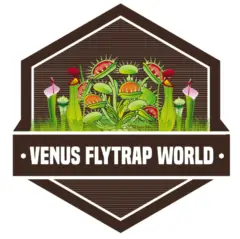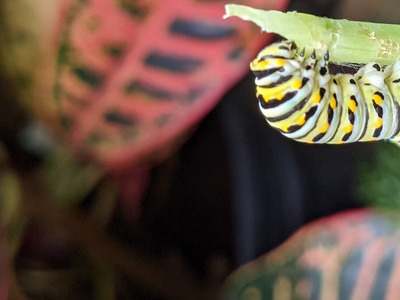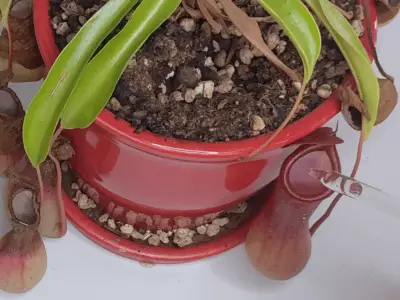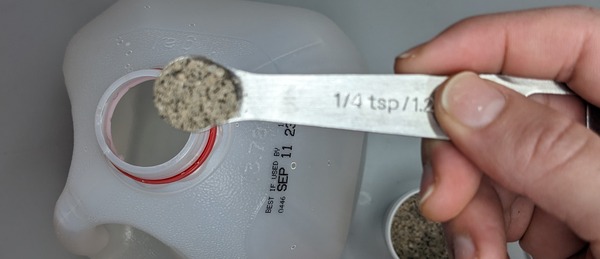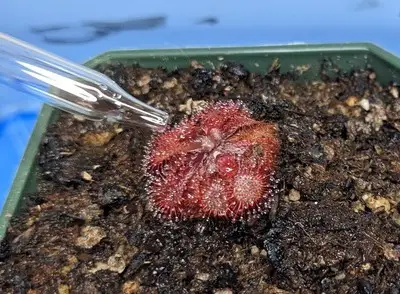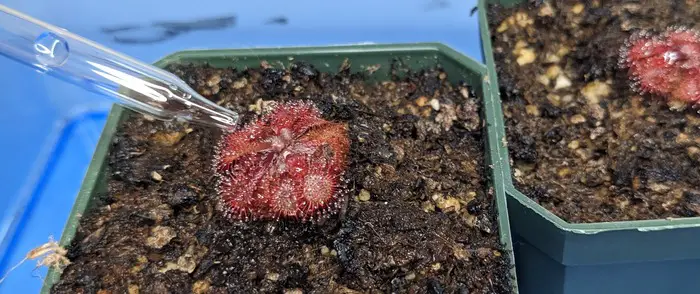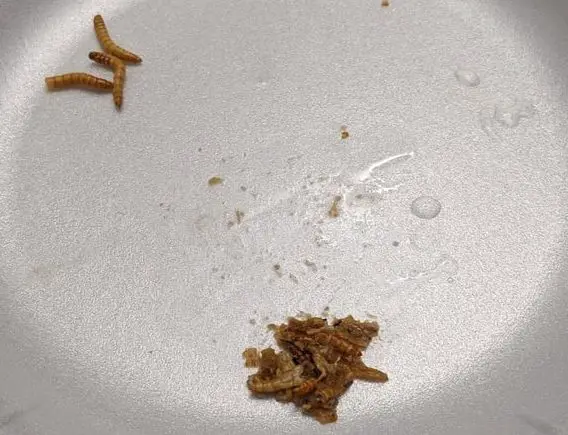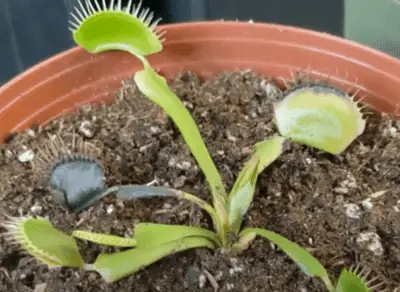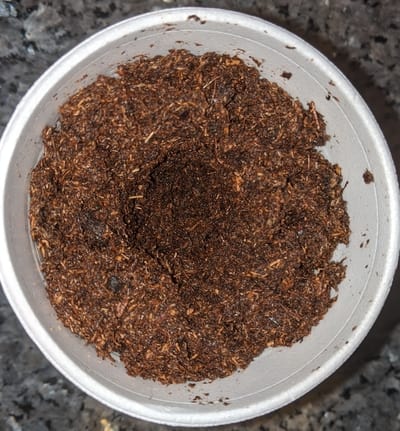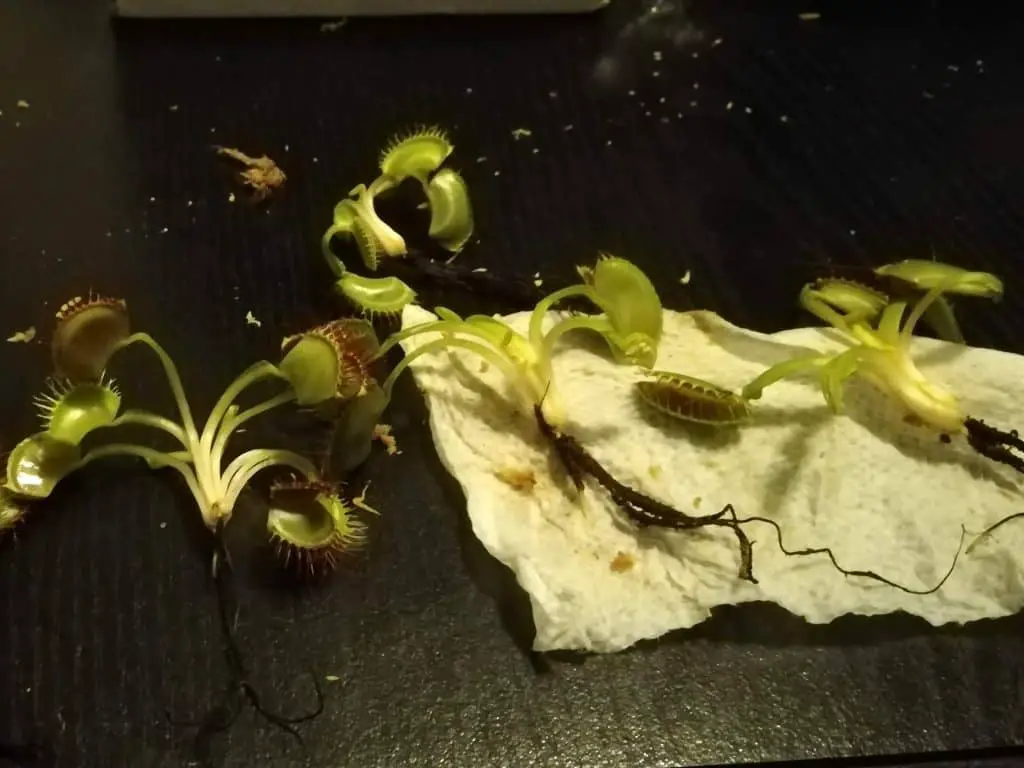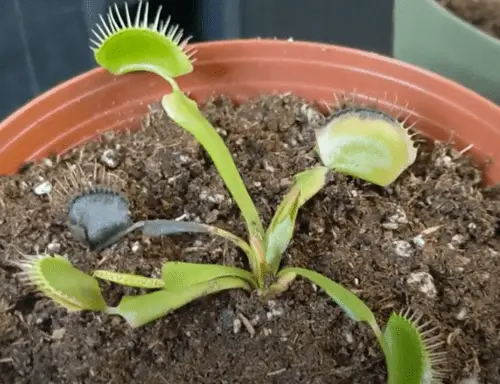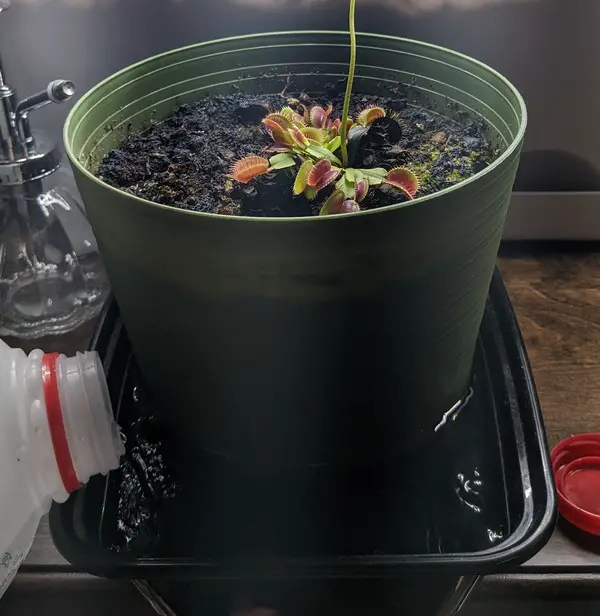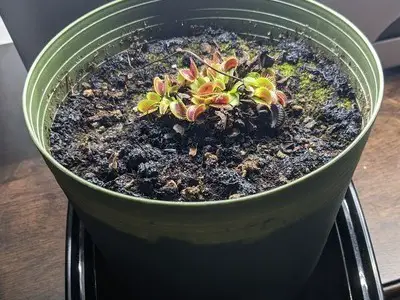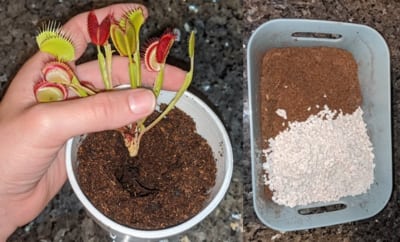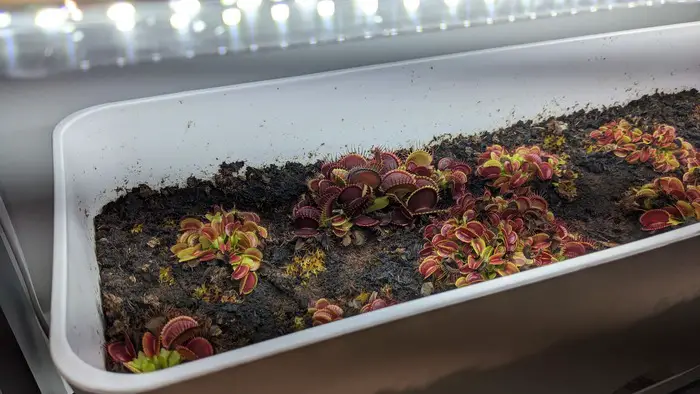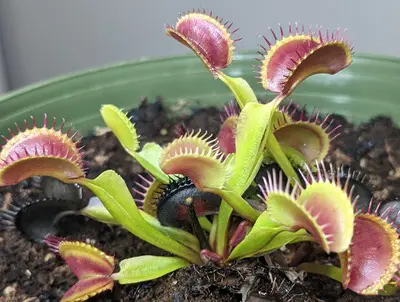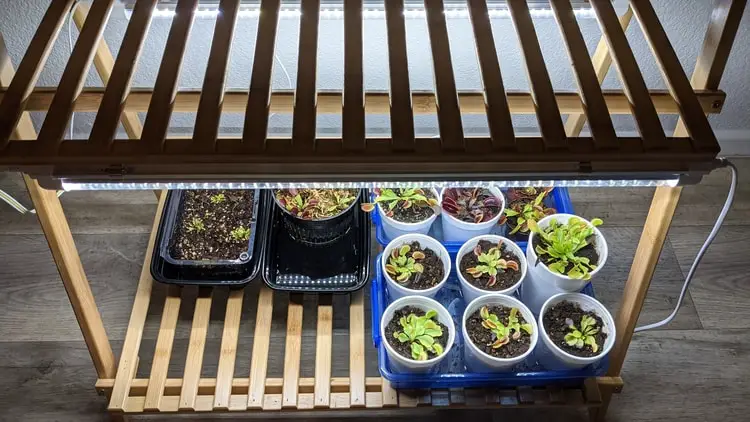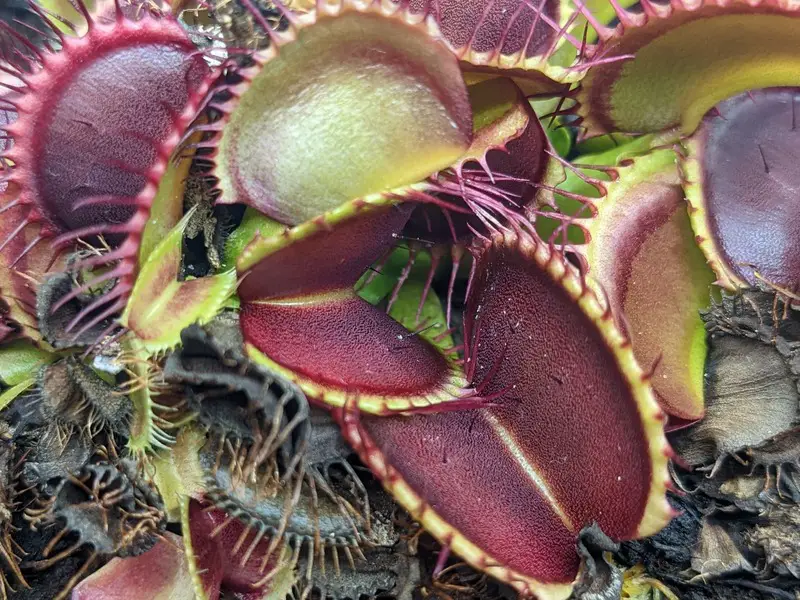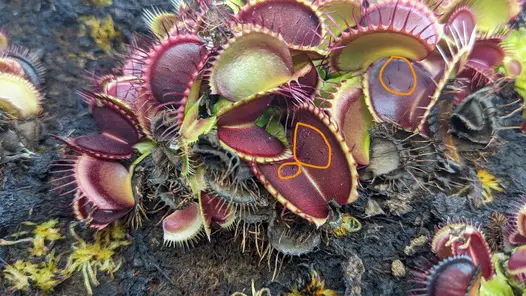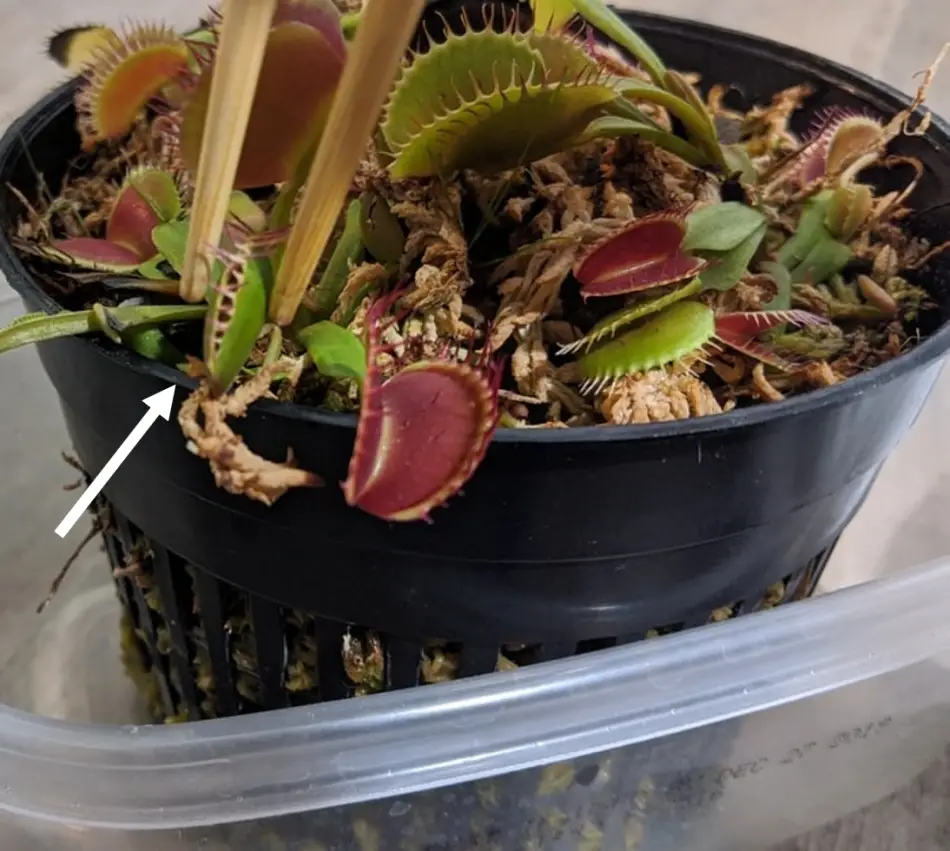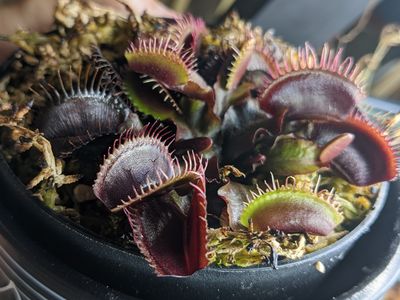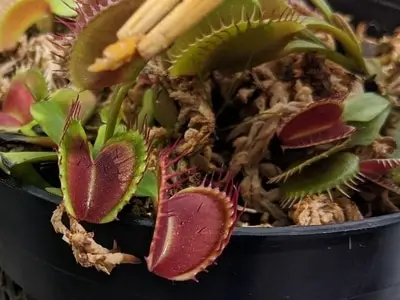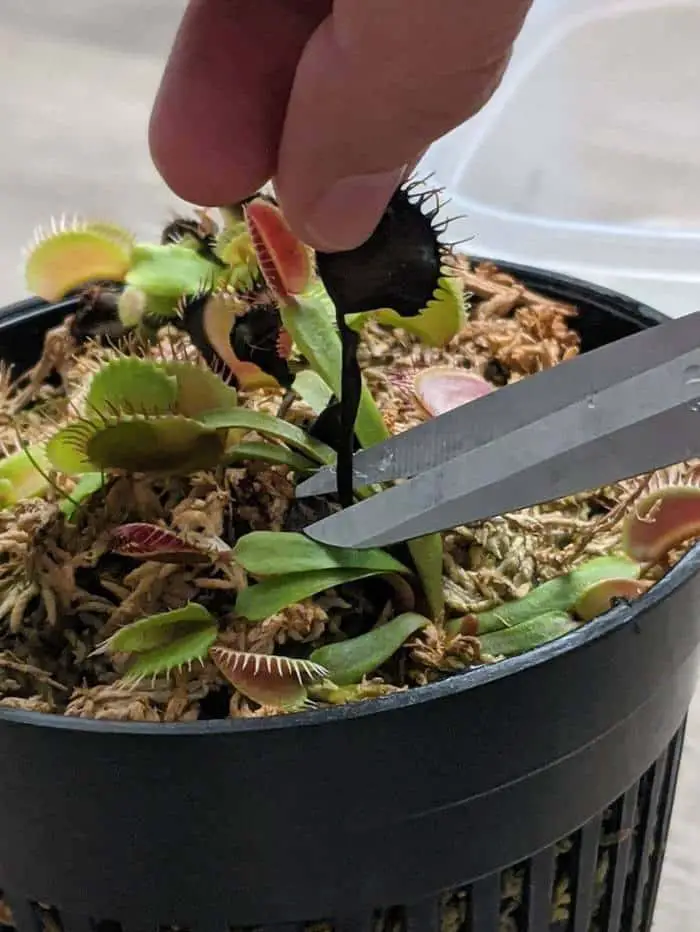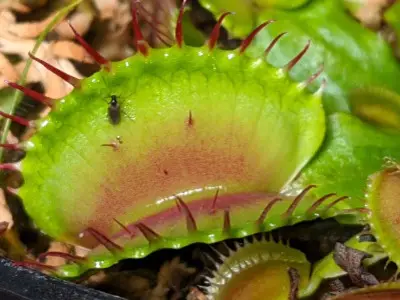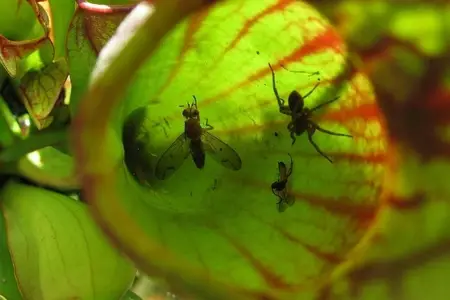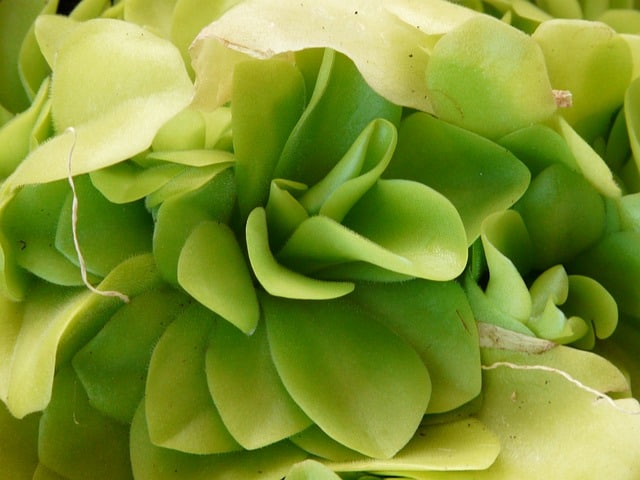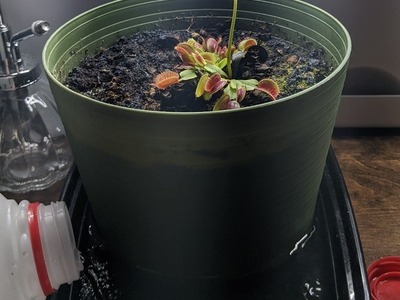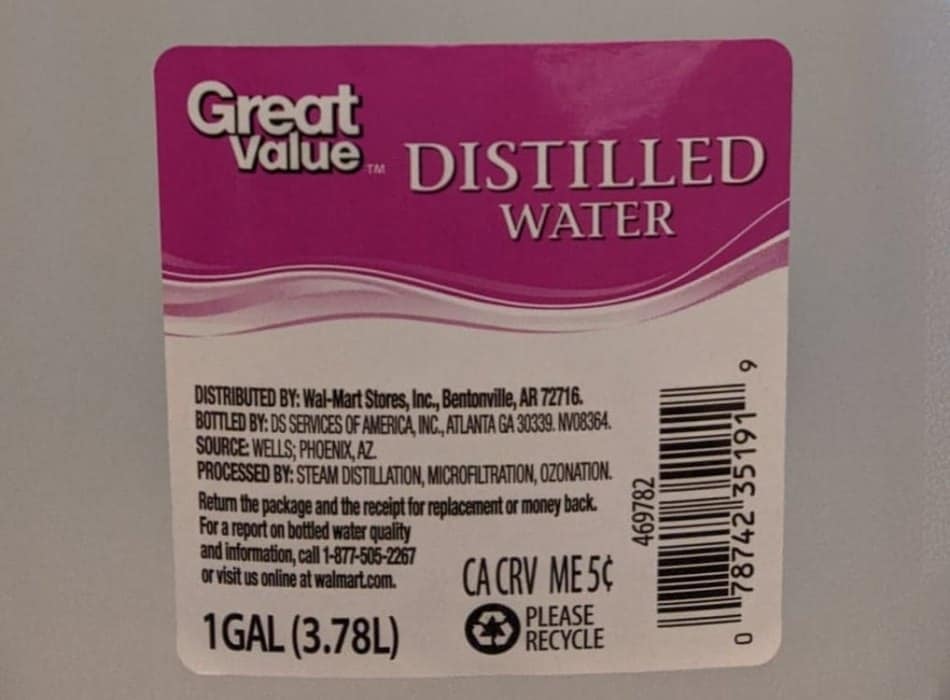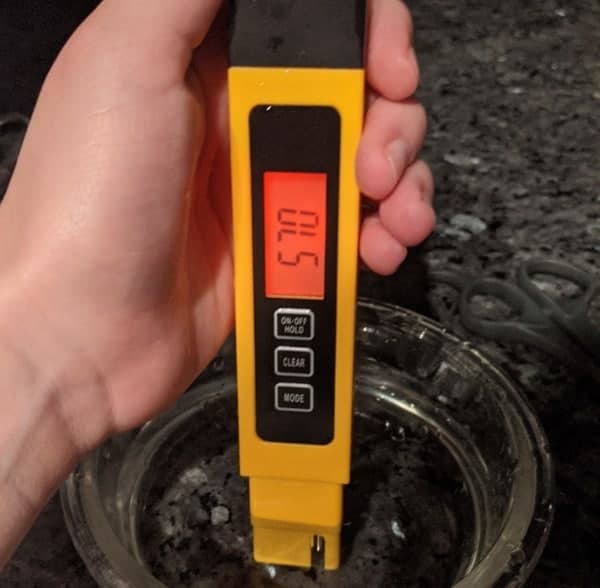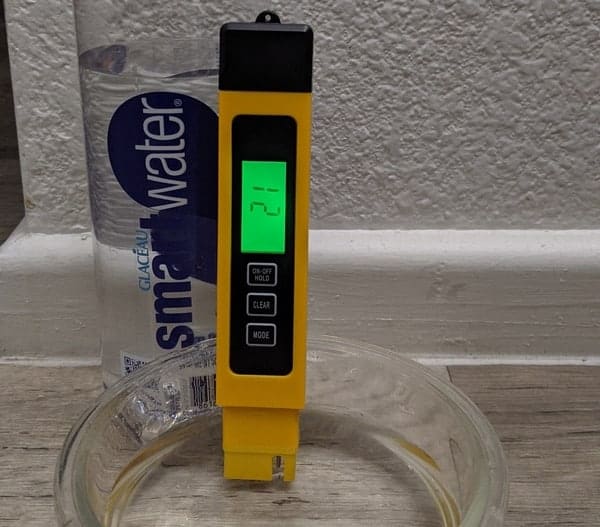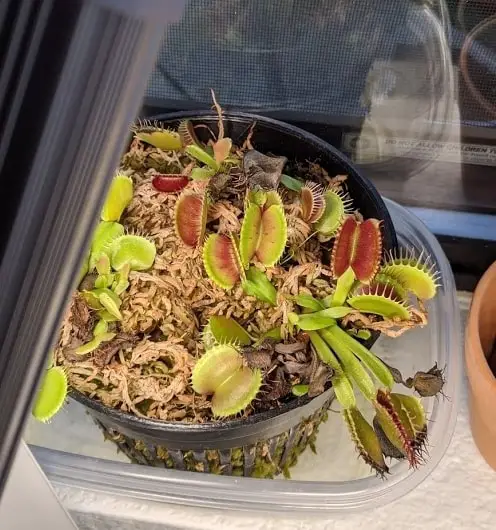Feeding carnivorous plants is an important part of their care. Consuming the right food, means carnivorous plants are happy and are more likely to grow quickly and propagate.
Live or dead insects, fish flakes, and diluted Maxsea fertilizer are some of the best food options for sundews, Venus fly trap, pitcher plants and other carnivorous plants. Never employ human food or animals other than insects.
Carnivorous plants extract nutrients from the insects they consume. These nutrients provide a boost in substance, but are not essential. Carnivorous plants do not need to be fed to survive, however, they benefit greatly from it.
Now, here are my suggestions on what you should feed your carnivorous plants.
1- Live Insects
Grow your plant outdoors and let it capture its own insects. Carnivorous plants do not need to be fed when growing outdoor or indoors, but with access to insects.
You can also capture or buy (in a pet store) live bug for feeding. Almost any insect will do.
Here are some great options:
- Flies
- Cricket
- Mealworms
- Bloodworms
- Fruit flies
- Gnats
- Ants
- Rollie pollies
- Beetles
- Spiders
- Ladybugs
- Grasshoppers
- Mosquitos
Choose an insect than is the right size for your plant. For a Venus fly trap select a bug that is a max 1/3 or the size of a trap. Small sundews and butterworts do best with tiny insects such as gnats and ants. And for pitcher plants, you can use larger insects. Any bug that fits within the pitcher will do.
I suggest avoiding larger insects that might produce odor (roaches, large grasshoppers, etc).
Most of them you can forage in a garden or a park. Crickets, mealworms, fruit flies, and bloodworms are available in many pet stores.

Feed a single insect to your carnivorous plants once every 2-6 weeks for best results. A single bug provides enough nutrients for the whole plant.
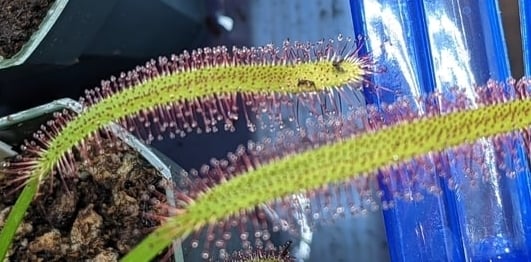
2- Dead or Freeze-dried Insects
Found a dead bug outside, you can totally use it for your carnivorous plants. Use the whole insects or a piece of an insects to feed your plant.
You can also buy dead insects that come freeze-dried from per stores or grocery stores. You can find freeze-dried bloodworms, mealworms, and crickets for an inexpensive price.
This are the ones I buy from Amazon.
Such insects are dehydrated. To rehydrate them, just add a few drops of distilled water and let the insect absorb it for 3-5 min. Then, pat it dry before feeding to your plant. A single container of freeze-dried insects can last you a life time 🙂
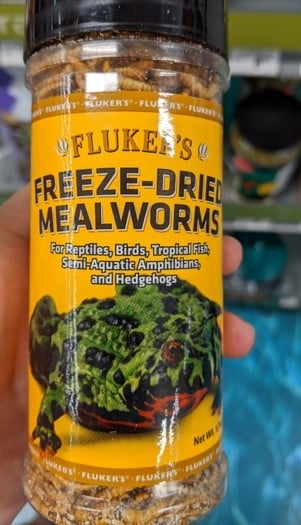
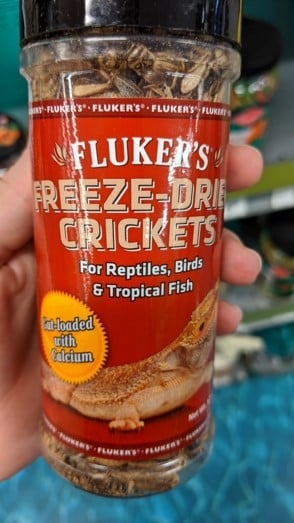
Pitcher plants, sundews, and butterworts can consume dead insects without any issues or additional instructions, just drop the insect inside the pitcher or stick it to a leaf.
Venus fly traps require an extra help when consuming dead insects. You will need to manage the sides of the trap to trick the plant into thinking they have captured life prey. After doing this for a few minutes, the plant will start digesting.
A whole container of freeze-dried bugs is usually less than $15 and will last you ages. Here are two links to some feed I have used; both are incredibly nutritious:
- Dried crickets to feed carnivorous plants: https://amzn.to/34QEnKv
- Freeze-dried mealworms for carnivorous plants: https://amzn.to/3B9V4i0
3- Diluted Maxsea Fertilizer
Fertilizing or feeding carnivorous plants with diluted fertilizer is a common practice among hobbyists. However, doing it incorrectly can end up killing the plants.
Maxsea 16-16-16 plant food fertilizer is a suitable choice for carnivorous plants. The fertilizer comes in powder and needs to be diluted in distilled water.
To feed you plant you dissolve 1/4 of a teaspoon of Maxsea fertilizer in a gallon of distilled water.
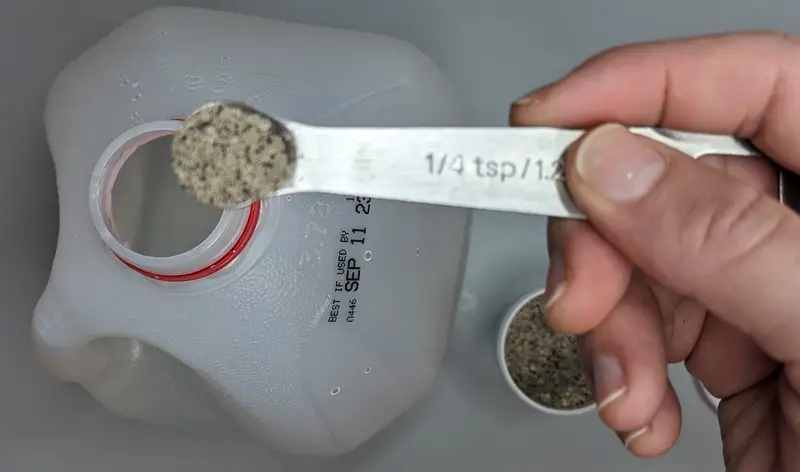
Mix well before feeding your plants.
Drop 2-3 drops of the solution inside each pitcher, to a couple of leaves in a sundew, butterworts, or place inside the trap of a Venus fly trap.
A couple of drops is enough to feed the whole plant.
The goal is simple. Add the fertilizer in the leaves or the pitchers, never in the soil. Any fertilizer in the soil brings nutrients to the roots and poisons the plant.
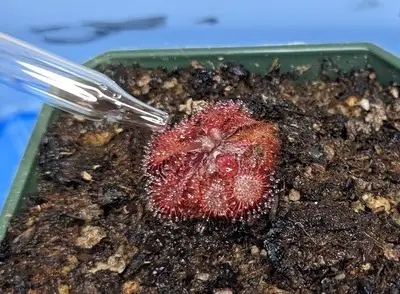
Using Maxsea is very affordable and effective for carnivorous plants. However, it can be challenging to place the fertilizer without dropping it in the soil
4- Fish Food
Fish foods come with plenty of nutrients. You can break them down and place them in the leaves or dilute with distilled water to create a paste.
Create a fish food paste by grinding or smashing the food and adding drops of distilled water until the mixture is even. It does not have to be a perfect mixture.
Place the paste or fish food pieces in a couple of leaves 2-3 bits is enough for the whole plant. You can drop inside pitchers, place in sundew leaves or drop inside a Venus fly trap.
A Venus fly trap will require further stimuli to start digesting the food.
Feed again once the food in completely consumed, which usually takes a month.
Here is a link to fish food you can use.
What To Never Feed Carnivorous Plants
Feeding a carnivorous plants can provide great benefit, but employing the wrong food can kill them.
Never give human food to your plants. They won’t be able to digest it and the plant could die or at least cause leaves to wither. All these are a big no no
- Hamburger
- Chicken
- Sausage
- Salami
- Raw meat
- Candy
- Fruit
- Steak
- Hotdog
- Cheese
You must also avoid any type of animal that is not an insect or a spider. Never feed a tiny frog, mice, bird to your carnivorous plants.
Again, carnivorous plants can’t really consume such complex proteins easily. Such prey will decompose slowly, causing odor and attracting mold or pests, plus it can be a health risk.
How to Feed Carnivorous Plants
Here is a quick guide on how to feed some of the most popular carnivorous plants out there.
Venus Fly Traps
Feed a Venus fly trap by placing food inside its traps and ensuring the plant starts digesting the prey.
The traps have trigger hairs that make the traps close. Touching the trigger hairs twice within a few seconds makes the leaf close.
Once the leaf closed, the trigger hairs must sense movement. If the plant believes there is a live insect inside the trap, it will start digesting the insect. On the other hand, if there is no further stimuli, the trap reopens after a few minutes.
Feeding a live insect to your plant almost always ensures the trap will close and then start digesting the prey.
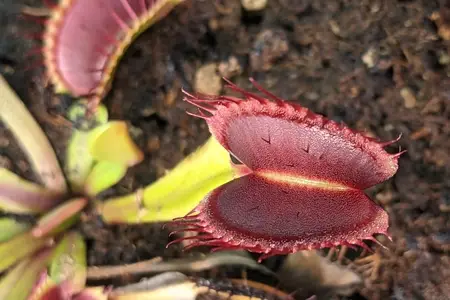
Dead bugs or fish food might make it close when placed inside the leaf, but won’t trigger digestion. You must press the sides of the trap after it closes. Do this multiple times in a tapping motion for 30 seconds to a minute. This is a way to trick the plant into thinking it caught live prey.
Here is a link to my complete guide on how to feed a Venus fly trap.
Sundews and Butterworts
Sundews and Butterworts are extremely easy to feed.
Feed a Sundew by dropping tiny insects , fish pellets, of Maxsea fertilizer drops in their sticky leaves. Feeding 2-3 pieces of food in a single leaf every 2-4 week is enough to provide substance and promote growth.
Here is my complete guide for feeding sundews.
Pitcher Plants: Nepenthes and Sarracenia
Plants with pitchers can consume large amounts of insects.
Feed pitcher plants by dropping a live or dead insect into a pitcher, you can also employ dehydrated bugs, diluted Maxsea fertilizer, or fish food.
Feed several or all pitchers and repeat the process every two to four weeks.
